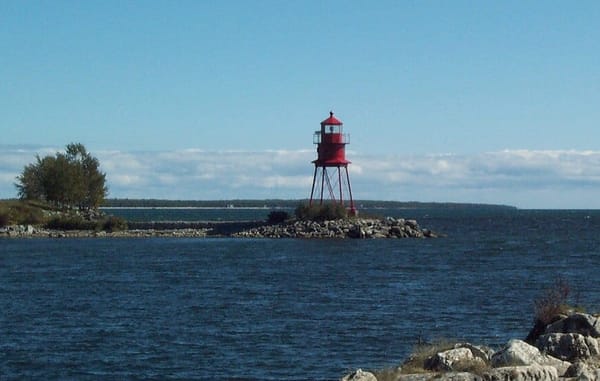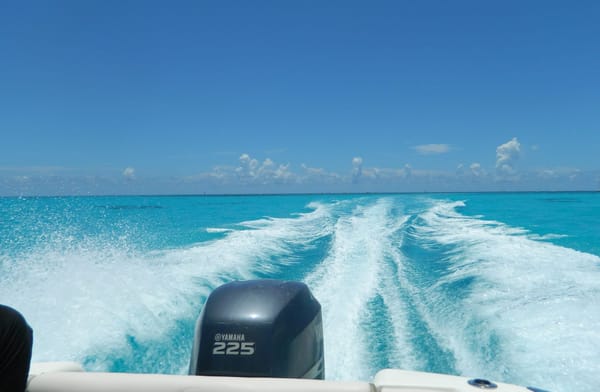Aquatic Assistance: Adding an Anchor Windlass for Convenience and Safety
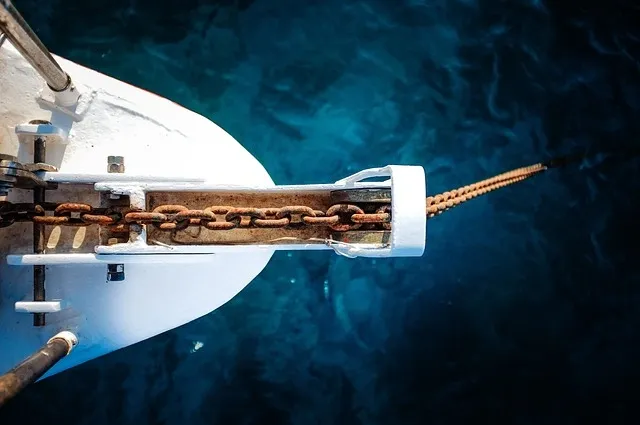
Whether sailboat, cuddy cabin, bowrider or luxury yacht, that magic button known as the anchor windlass is a boater’s best friend. No more rope burns on your hands or strain on your back (or mud and algae on your hands).

Photo: Pixabay
An anchor windlass quickly and efficiently retrieves your anchor and provides safe and proper anchoring while out fishing, diving or sightseeing. Before you leave a private boat lift rental, let’s talk about the best types of anchor windlasses for your boat.

Photo: Boating Central (Facebook)
Anchor windlasses are available in manual and motor versions. The size and style of the boat, anchoring conditions and what the boat is used for all help to determine the type you need.

Photo: Pixabay
Manual
Manual windlasses combine your physical strength with the help of mechanics. It comes as a lever-type (back and forth) or a vertical axis (circular winch-grinding motion). The lever version has one speed while the vertical version has two speeds. Manual windlasses are lighter and less expensive than electric ones. They raise slowly but efficiently.
Electric
Electric windlasses work at the touch, or step, of a button. Some have remote control devices. They’re convenient, safe and raise quickly. They do, obviously, use more power. This is a good choice if you boat in rough water where it could be unsafe to stand on the bow while hoisting the anchor.
The winch (the part that winds the anchor chain or line) on the windlass consists of two parts: the gypsy and the head. The head is a drum that raises the anchor rode. The gypsy is the rotating part of the windlass.
Styles of Anchor Windlasses
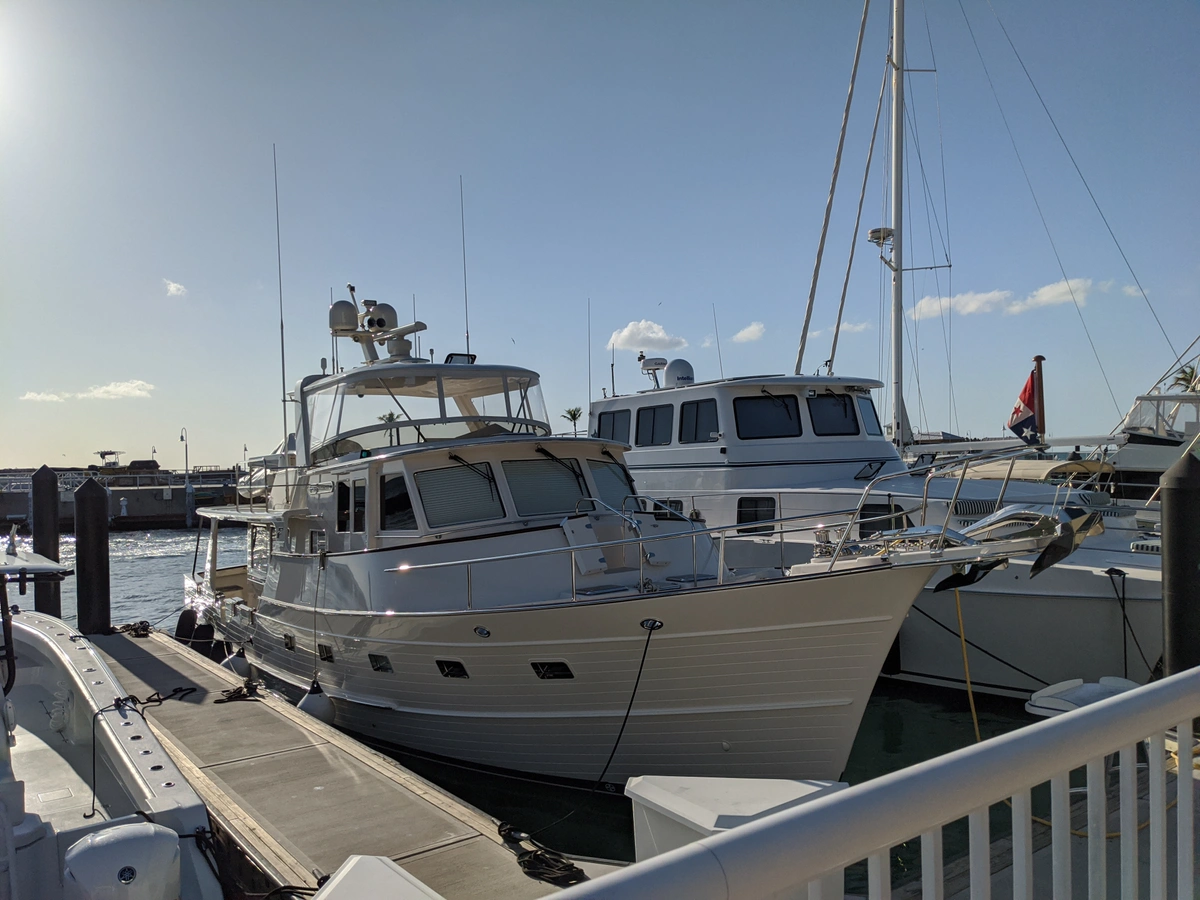
Photo: Sandy Allen
Anchor windlasses are designed with either a vertical or a horizontal axis. An apt description of the differences is to think of a Ferris wheel for one and a carousel for the other. Typically, smaller boats use capstans (the vertical version) and larger boats have windlasses (or the horizontal axis).
Vertical Axis
The vertical axis (also called capstan) is the most popular. It has a lower profile, making it less obtrusive on the deck. Most of the unit is below the deck, which lowers the center of gravity. You’ll need a larger hole in the deck for the motor.
This type is best used for boats with large chain lockers. It allows the anchor rode to be hoisted aboard at nearly any angle.
Horizontal Axis
Most of the mechanism is on deck. Holes only need to be drilled in the deck for chain pipe, the wire and the thru-bolts, which makes installation easier. It’s more self-contained, thus protecting gear from elements, and it’s easier to service and maintain. Use this type on boats with small chain lockers.
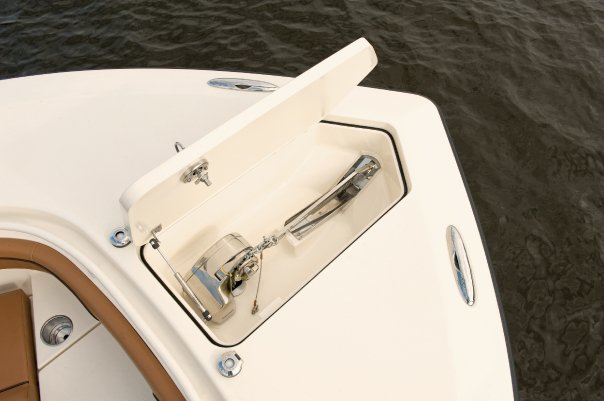
Photo: Scout Boats (Facebook)
Windlasses are available to work with all types of anchor rodes, whether it’s all chain, all rope or a combo of the two. This makes it convenient to use whatever you might have at home, stowed on the boat or stored at a private boat lift for rent.
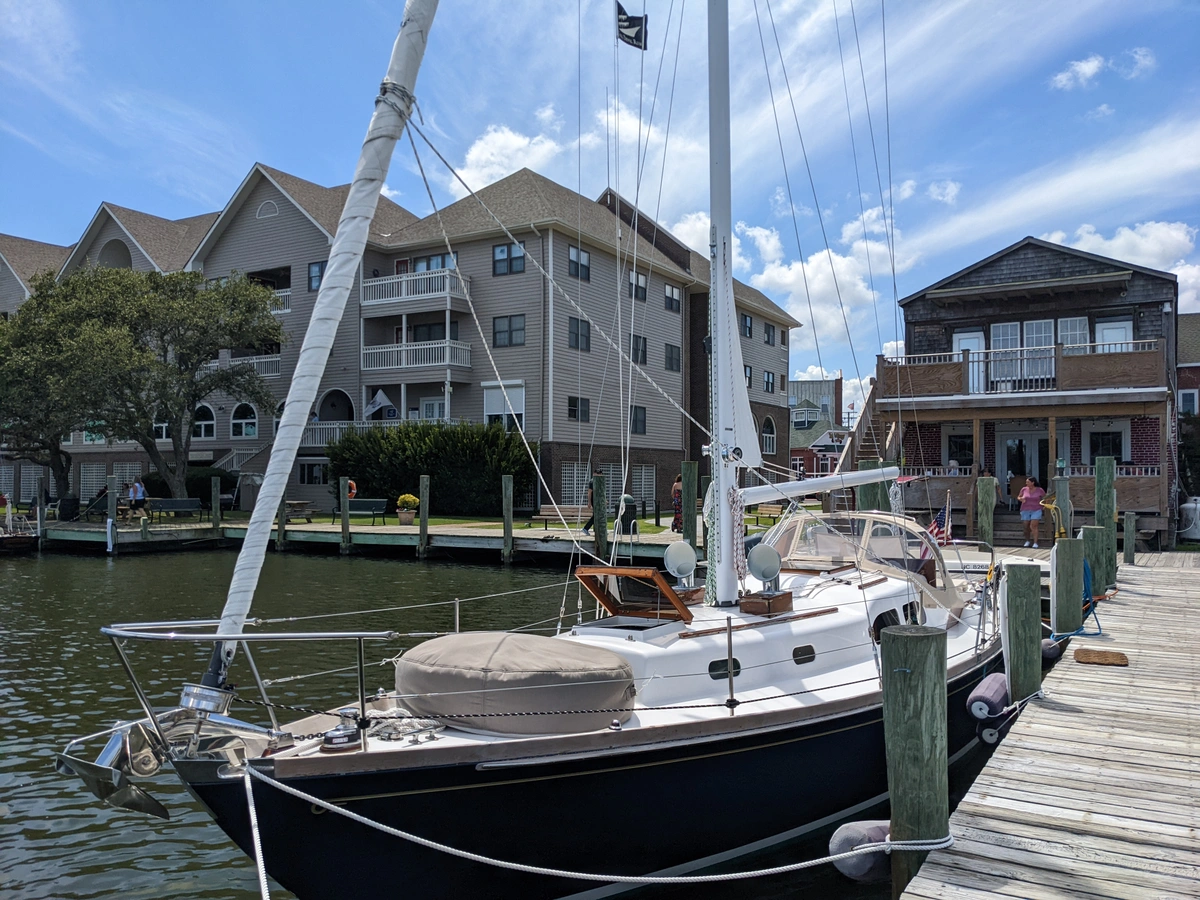
Photo: Sandy Allen
Here are a few anchor windlass brands to get you started.
Hopefully, this has helped with any questions you might have about anchor windlasses. The next time you’re hanging out at a private boat dock rental and contemplating new gear and devices, give some thought to an anchor windlass. Your back (and your first mate) will thank you!
